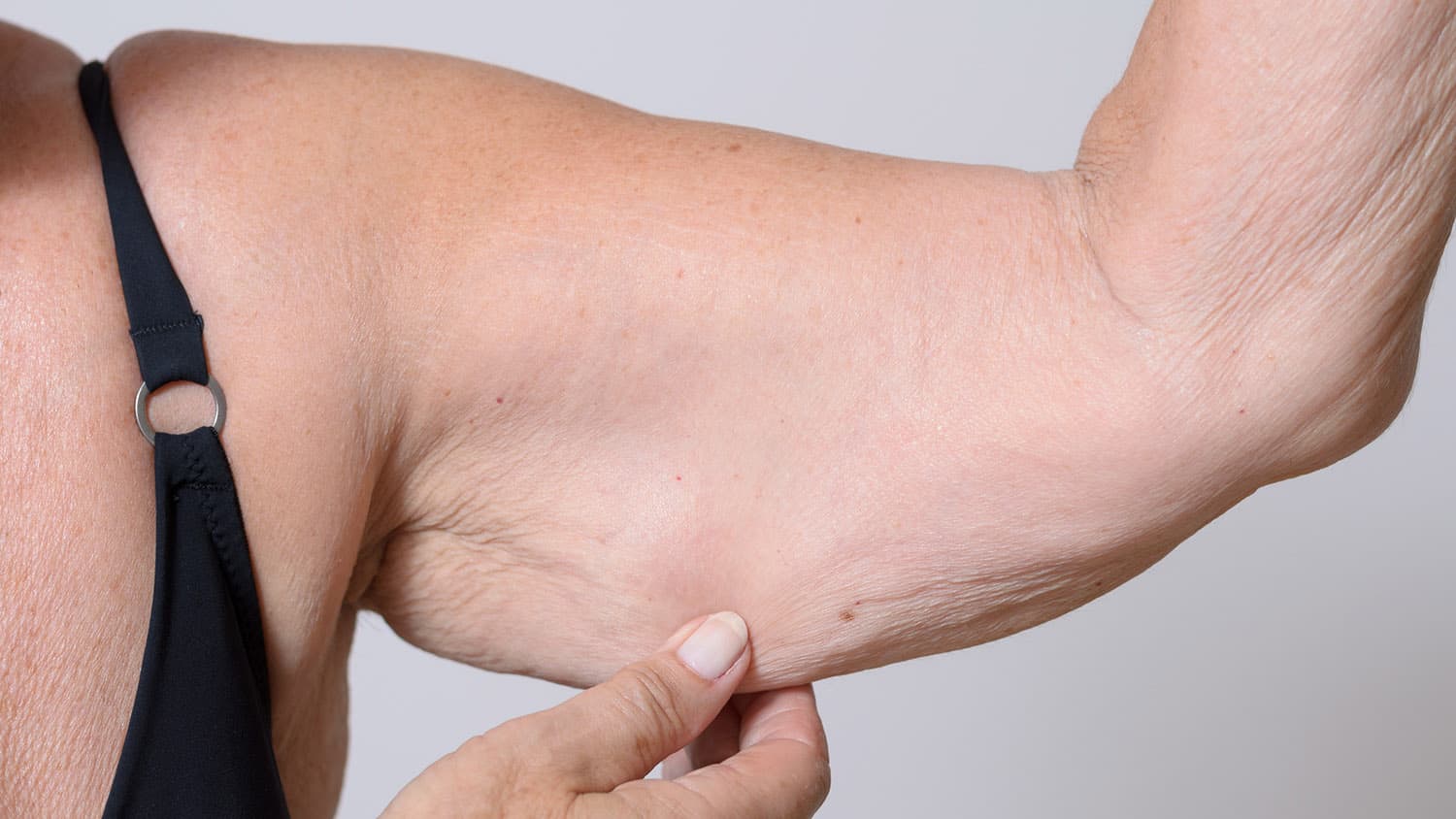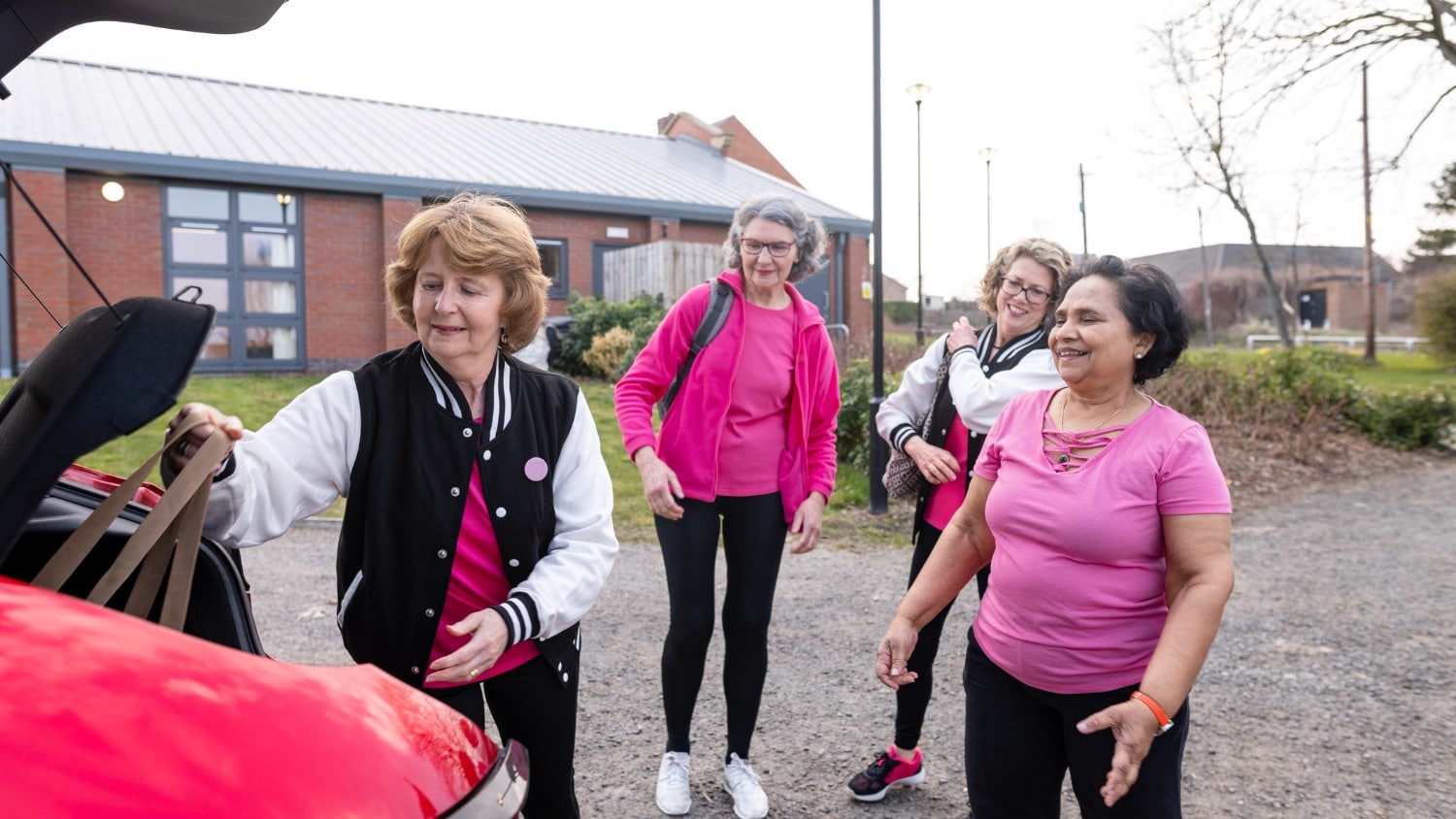
What Is Sarcopenia and How Can Older Adults Prevent Its Tragic Impacts?
You may ask, what is sarcopenia? Is it a disease, an insect, or food? Is it something we should fear? The answer is, “Yes and No.”
The name itself sounds gross, but no, it is not a disease, insect, or food. And no, we should not fear sarcopenia. However, we should know what it is, and how we can wage the noble fight against it.
What Is Sarcopenia?
Let’s first understand the terminology. The origin of the word sarcopenia, according to the English Oxford Living Dictionary, derives from the Greek words sark, “flesh,” and penia, “poverty.” Essentially, the body becomes “flesh poor.”
What does this mean to you? Often, aging comes with loss of muscle mass and strength. You start noticing that it is becoming a bit more challenging to open those jars or lift those boxes. It can even become more difficult to climb those stairs that we took for granted when we were younger.
You have probably noticed that elderly person that “looks frail.” But what does frailty look like?
It may be stooped posture, slow walk, difficulty getting up and down on a chair and maybe even sagging skin where once may have been muscle. This is the nature of sarcopenia – muscle wasting that ultimately saps our strength and sends us on that downward spiral.
What Happens When We Lose Muscle
When we lose muscle mass we begin to lose strength, and the incidence of falls and disability increase. You know the story – frail person trips on rug and is found a few hours later on the floor with a broken hip.
Part of the problem has to do with balance, the other with muscle weakening and loss of strength. Sarcopenia may not be totally to blame for a fall, but it is a contributing factor.
The person with sarcopenia also has more difficultly to do routine activities of daily living (ADL), like preparing food, bathing, cleaning, etc. Over the past 2 years, I watched the strength slowly wane from both my mother and mother-in-law.
At first it was slow, then, in the last 6-8 months of their life, the weakness overcame them faster than one could imagine. They stayed in bed more than they were out. If they were out of bed, they sat.
They waited for someone to make their meals, and yes, we did it, thinking we were being kind to bring them dinner in bed. It taught me a valuable lesson, watching these two formerly vibrant and active ladies dwindle – you really do lose it if you don’t use it. It was a choice they both made.
They believed they were old and being weak was part of aging. They lacked the internal motivation and social support to get up and move. They became less engaged with life by each passing day. Their muscles weakened, their bodies weakened, and their falls became more frequent.
It’s Not Too Late to Fight Back Against Sarcopenia!
But wait! All is not doom and gloom. We do not have to accept, nor should we accept that destiny. Studies coming out of major universities are showing us that we can maintain, and – yes! – even build muscles in our later years. We can be strong and have muscles!
We often think, and society promotes, that we should be thin and lean, but thin and lean may not equate to strong. We need to build our muscles – which doesn’t mean we have to look like a body builder – as good muscle strength will be our best friend on our aging journey.
Building Muscle
How do we build muscle and stay strong? First, we need to use the muscles we have and work on our strength. Yes, that means we need to do the heavy lifting. Heavy, mind you, is all relative.
For some, it may be using water bottles to do bicep curls and an overhead press, for others, it is may be a workout in the gym with weights, resistance bands and suspension body-weight systems, like a TRX suspension trainer.
My advice is to seek out physical trainers that are trained and certified in functional training – a special type of training that focuses on working with older people in a way that keeps the muscles and joints safe and injury-free during the workout.
Going to one of those “fitness in a box” gyms should be done with clear knowledge that the instructors will not pay close attention to your form or to provide you with corrective techniques to keep you safe from injury.
I’ve seen more friends and colleagues get injured because of thinking this was their fast track to strength.
Remember the young weekend warriors? They suffered torn knees, rotator cuff injuries and sometimes worse.
Unfortunately, there are no fast fixes. Our muscles, joints and tendons are mature, and we need to give them the respect they deserve. We can’t jump off boxes, lift extremely heavy weights like a young body builder, nor do things that our 20-year-old self did (or maybe not).
Instead, we must build our muscles with intention, because we are in it for the long haul. We need to be strong to live to 100, right? That’s why I believe a personal trainer with the right skillset is the most cost-effective way to strength training.
He/she will do their best to protect you from injury, as any injury can really cost you in the long run (both financially and health-wise).
Don’t Forget the Protein
We also need, as older adults, more protein than our younger self needed. So, if you start your day off with coffee and a piece of toast, think again. Maybe add an egg or yogurt, but do get that protein early in the day. Maintain your protein intake throughout the day as well, don’t just supply it at dinner.
We tend to backload our protein with our evening meals, when it is more important to get it in earlier in the day. Older adults actually need double the amount of protein for building strong bones and muscles.
Always Check with Your Health Care Provider with Your Sarcopenia Questions
Before you embark on a program of strength training and increasing your protein intake, check with your health care provider. Once you have that clearance, get your protein, get lifting and get strong! Living to 100 is waiting for you.
Let’s Have a Conversation:
Have you heard of sarcopenia before? Do you think you’re experiencing the effects of muscle loss right now? Are you ready to start doing something about it? What strategies are you employing to build your muscle mass and strength? We would love to read your comments below.







Great article. I’ve been meaning to ask my PCP for a recommendation of where to find a fitness trainer who knows how to work with a 75 year old.I never heard of “functional training” until I read your article. Now I know what to ask for. I do take Silver Sneakers classes twice a week but i feel that I need more personal guide in addition to the group lasses.
HI Linda: It’s great that you are doing Silver Sneakers. You may want to look at either personal training or small group instructions.
I am a newly minted 64 year old. At 61 I experienced a life altering injury. I have always attempted to be healthy and strong. This incident took the wind out of my sails. I will summarize as it is a long journey. 5 surgeries in 2 years and many pity parties, melt downs, etc. I was determined to walk and was outside with a walker, then cane and now without any support. It can be done. If a trainer is too costly, I recommend asking your doctor for a referral to physical therapy to build strength and improve balance. Most insurance, including Medicare will cover PT. This is preventative self care, and gives you the knowledge to continue moving into your future. Please consider this as a gift to not only yourself, but your loved ones.
Dear Patricia
I empathize with you! I went through all of that too after a botched knee surgery unfortunately I am still using a cane and a walker five years later coupled with chronic pain. My journey began at 62. Glad to hear you worked yourself out of it. My renewed hope now is for a long awaited revision with a world-class specialist and then the PT and real work will begin.
Yes, Patricia I absolute agree. There are also many classes you can take, but look for an instructor that works with older people and “gets it”. I agree about PT. It can be so helpful, but unfortunately I see people forget to do their exercises once they leave PT. As we age it is important to continue our fitness as part of our daily routine. We need to stay strong to have a good healthspan! Cheers! Sandi
I turned 62 this summer, and after spending the last 8 years sitting at a computer, decided to take a part time job at a local horse farm. I have always had horses and ridden, but I was nervous about the extreme physical nature of this new job. I was pleasantly surprised that after cleaning 20 stalls, moving hay bales, and walking 3-4 miles a day doing horse turnout, I was able to keep up with my 19 year old coworker. It is relaxing but very physical work, and I feel this is what I need to stay healthy as I age. And I get paid too!
That is awesome! The fact that you are doing activities where you are using muscles, bending, reaching and getting in your miles is a great way to stay active. I love that you also get paid for being fit. Bravo!!!
Even if someone is just starting out with fitness after periods of inactivity, it is not too late to start with small steps. Putting on your sneakers can be the start of a walking program. Doing a counter push up may lead to 5. The more you can do, the better you are likely to feel. I love these stories!! In good health, Sandi
This article has really inspired me. I’m the one ready to give up and be waited on, but not now. Doing things, anything, is becoming more difficult. But now I plan on “doing” these things to the best of my ability and start to build those bygone muscles. Thank-you!
I am so thrilled for you. i love it whey someone wants to take action! Bravo.
Well, I’m 76….the last few years have tough. Skin tags! Why do those just appear with age? Bad knees, bad hip. Neuropathy in my feet that causes poor balance. I’ve fallen 20 times in 2 years. I wanted to set up an exercise routine with a trainer to help. Can’t afford that however! So I’m still grateful I can get out of bed!!! Not in a hospital! And the roof don’t leak!!! 👍
As you can’t afford a personal trainer but are on the internet may I suggest you google YouTube. Then search “Balance Exercises for Seniors”. Just take a look and see what you could do yourself. Wishing you good health best regards Ros.
A good book you may want to purchase is 5-Minute Core Exercises for Seniors: Daily Routines to Build Balance and Boost Confidence by Cindy Brehse and Tami Brehse Dzenitis Paperback – May 4, 2021 you can find it on amazon (I have no affiliation with them, but it sounds like this could help you). I have a free handout on my website turning60andbeyond.com Go to the free resources tab. It has a few simple balance and strength workouts.